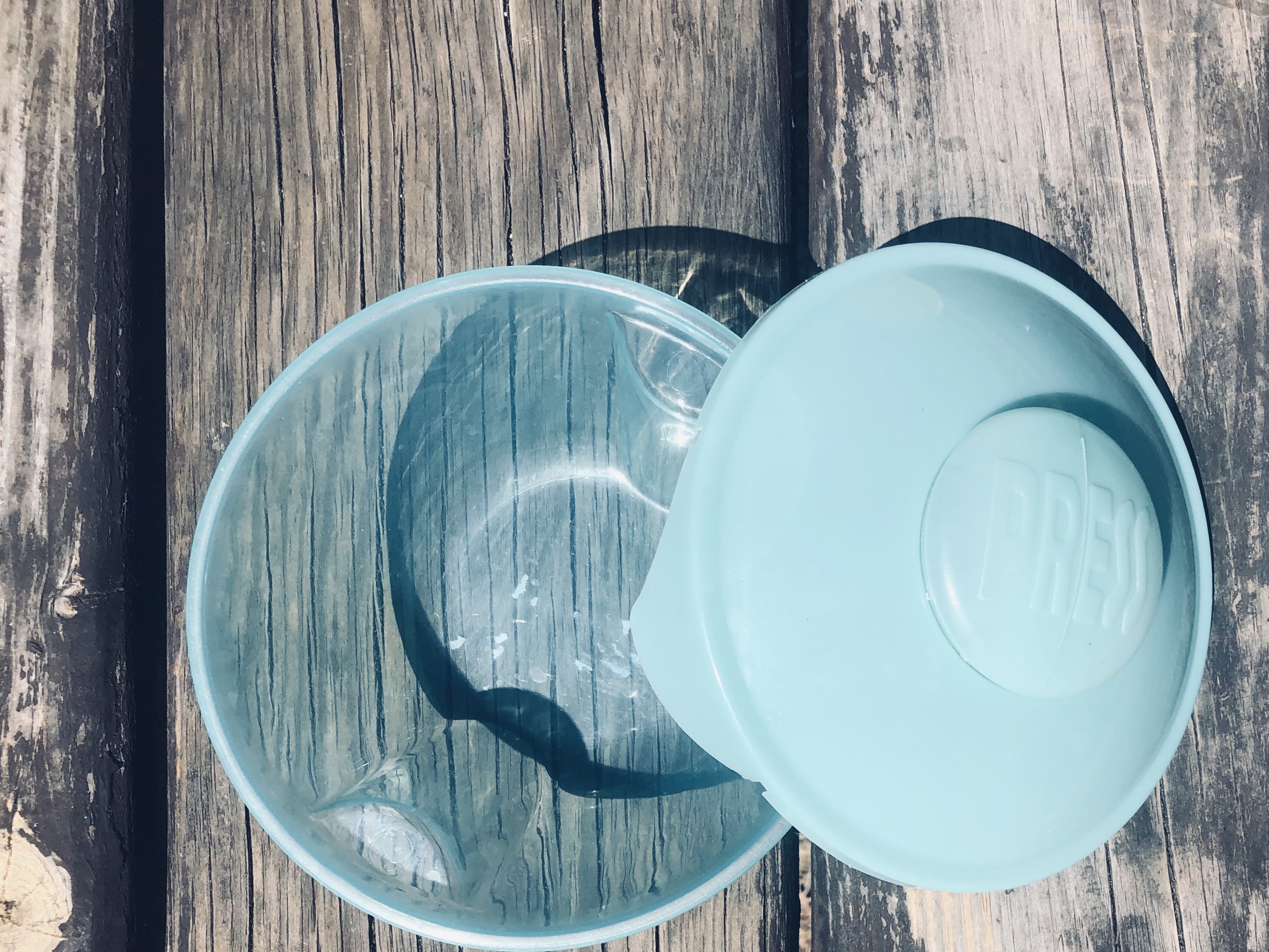Meal Prep Containers FAQ’s

This is probably obvious, but meal prepping requires a few containers where you prepped dishes await to be eaten.
Growing up, at my house there was this cabinet fully (over better said overflowingly) packed with plastic containers. Lids flew around in the very same cabinet but not neatly attached to the boxes where they’d belonged. Every time you opened the cabinet fifty boxes would clatter at your feet. My wish to store anything ever in food containers diminished by just looking at the cabinet door.

However, as I consider myself a humorous person here is my favorite Tupperware jokes. You may guess it, I only know Tupperware jokes because of the hell food container cabinet back in the days.
- If you’re going to murder someone do it with a Tupperware top – No one will ever be able to find it.
- Tupperware, more like . . . – TupperWHERE da hell is the lid
- Remember, if you lose a sock in the washing machine, it comes back as a Tupperware lid that doesn’t fit any of your containers.
Ever since moving out, I’ve possed meal prep containers. Quite frankly, most of them were not good at all. That is because I became aware of some issues. Don’t make these same mistakes and look out for these things when buying meal prep containers:
- Material. Choices are nearly endless – metal, silicone, glass or plastic — it’s really up to your personal preference and what will fit your lifestyle. Food storage c that aren’t made with BPA
- Right size. …
- A suitable layout. …
- Freezer-safe material. …
- Leak-proof lids.
- Fancy boxes like banana lunch boxes
In this post, I’m going answer some of the most common questions I get about meal prep containers regarding material, size and where to find the best one.
This is not a sponsored post but rather just my own meandering experience.
ARE PLASTIC MEAL PREP CONTAINERS SAFE?
This is the most common question I receive. Common perception is that hardened plastic is bad for you, but things aren’t that simple.
The perception is driven from what we know about BPA (Bisphenol A) and phthalates. These chemicals are found in plastic containers and will logical come into into contact with the food we put in them. Doing that one, two or three times will most likely not harm your endocrine system, but the sad truth is that we cannot know for sure. How large quantities have to be in order to harm person X is either not known or not information that can be researched even with quite a bit of effort.
Therefore, I came to the conclusion for myself to only use BPA-free brands such as e.g. Lock and Lock. They have passed the FDA’s specific regulations for being microwave and dishwasher safe. Meaning they resist relatively high temperatures.
A good indicator health wise is the heat resistance of food containers. Saran wrap and water bottles and some restaurant takeout containers, which melt when heated most likely contain BPA.
My food container cabinet is equipped with both plastic and glass containers. While I prefer plastic when I’m out and about for its convenience I only use glass containers for dishes I will reheat and eat at home.
Plus, glass containers can go in the oven. Making reheating easy if you don’t have a microwave and of course you can conveniently make oven-dishes in their storage container.
PLASTIC VS. GLASS CONTAINERS IS PERSONAL PREFERENCE.
The bottom line is, whether you choose plastic or glass containers is personal preference and depends on the circumstances in which you want to use the meal prep containers. Don’t be afraid to try a few containers until you figure out what you like! Let your friends and family gift you different kinds of meal prep containers until you’ve found your favorite. Check this link to my fav plastic container (affiliate link)
and glass container (affiliate link)


SIZE MATTERS.
When I first got into meal prepping, I had no clue that I should choose my meal prep containers wisely. Don’t buy the same sizes to many times or buy sizes you don’t know what to put it.
Bulky containers: I often filled up with way to much food, which happened to be more than I needed to eat. So I’d have to either toss out the leftovers or overeat until I felt gross. Not things I like to do!
It took my a while to work out my perfect portion size. It’s usually 3 cups of food. Filling up these containers then eating every last bite didn’t leave me with a food baby, nor did I have to throw out extras. Score!
I highly recommend experimenting with container sizes before sticking with one. It’s crucial to figure out your perfect meal portion size.
Eating suitably sized portions is crucial for a balanced diet – no matter if maintaining, losing or gaining weight. Don’t endanger your goals by using wrong sized meal prep containers!
LAYOUT: SHOULD YOU GET CONTAINERS WITH DIVIDERS?
Personally, I had a few. The one thing I really liked about them was that my co-workers look in jealousy at my food because it was so nicely divided. Other than that, I seemed to never grab the right container for the dividable dish I wanted to store. Usually, I just go with several small size containers and place my food on one plate when I’m about to eat it. While that will only work for people like me who have access to a plate e.g. in their office, others can be better of with containers with dividers.
My fav divided meal prep container is this one here: Prep Naturals Glass Meal Prep Containers Glass 2 Compartment (affiliate link)
FREEZER-FRIENDLINESS
In my personal meal-prep world, I wouldn’t get very far without a freezer. Needless to say that that is why I need freezer-friendly meal prep containers. You want to be ensured that your precious meals stay fresh until you’re ready to eat them. Properly mastering the art of freezer storage is a whole different chapter, but looking out for several qualities in a container will take you a long way.
NO LEAKY LIDS
It seems like a very unnecessary aspect to point out. And yet, I’ve come across way to many even expensive meal prep containers. Leaky lids brought me my fair share of spilled foods. While sometimes wasn’t the food containers fault but mine by having caused deformation in microwave meltdowns, and other food-related tragedies, most of the times the containers really sucked. Pardon my French… but when I open my office case and a food-related tragedies next to client documents is what I find, there is no other way to put it.
FANCY BOXES
Mother Nature is truly amazing. She wraps are fruit and veg for us. Fruit peel protects the juicy goodness from parasites, transportation damage and the like. Nonetheless, a few smart brains came up with things like
- Banana Saver
- Apple Keeper
- etc.
Banana Saver is the one I frequently use. It might seem like one of these unnecessary kitchen counter top items that just eat up space. But, trust me, this banana saver is quite the opposite. It
- avoids brown mushy mess
- keeps the banana fresh and
- bruise-less for days.

An apple a day keeps the doctor away – they say. While I haven’t studied cause and effect of apple consumption related to health care provider visits, I can only assure you of the common health benefits of apples. Apples are
- good source of soluble fiber
- relatively high in antioxidants
- good for lowering cholesterol and also
- good for lowering blood pressure as well as
- lowering the risk of stroke

And if you’re feeling rebellious, you might even dare to put blueberries, pomegranate or pears in the Apple Keeper.

Recent Comments